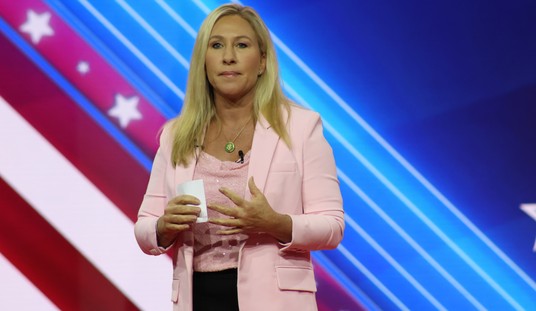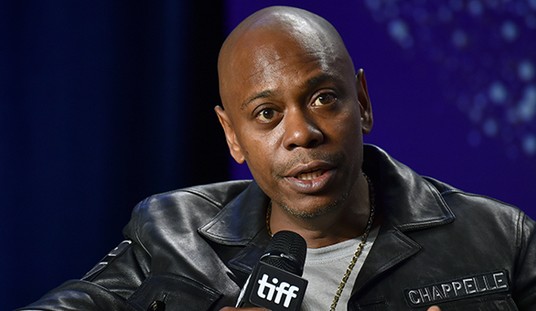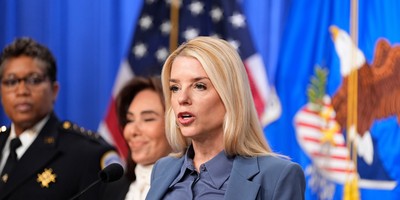Suppose you had a choice to invest in one of two competing business plans.
Behind one plan are billionaires Jeff Bezos and Michael Dell, who are investing their own money in it. Bezos and Dell are two of the country’s most successful entrepreneurs. Both got rich founding and building bold, innovative companies – Amazon.com and Dell Computer.
The second plan is supported by Senate majority leader Harry Reid and House speaker Nancy Pelosi and they are financing it with other people’s money – taxpayers’ money.
With this information alone, which plan would you most likely invest in? Is there anybody who would think more than two seconds where they would put their hard earned dollars?
This choice isn’t theory. It’s real.
Bezos and Dell are investors in a new company called Qliance Medical Management, whose plan is to deliver real market-based solutions for health care. Exactly what we need and what our new health care bill – the Reid Pelosi plan - does not do.
According to Qliance, 40 cents of every dollar spent on health care goes toward dealing with insurance companies and paying for overhead.
Their bet is that by getting rid of insurance companies and associated administrative fat, such as elaborate customer billing and reporting, they can deliver cheap, quality health care.
According to the Wall Street Journal, the Qliance customer pays a flat monthly fee of $44 to $84 dollars – depending on age - to become a member. For this they get health care in clinics that are open seven days a week, covering 90% of the problems that we see doctors for, such as “check-ups…minor fractures…as well as ongoing care for chronic illnesses…”
For the remaining 10% of catastrophic problems not covered, Qliance customers purchase separate coverage elsewhere.
Recommended
In 1960, about 50% of health care expenditures Americans made came out of their own pockets. Today, it’s about 10%, with most payments going through government and insurance companies.
As government control and regulation displaced consumer power and choice, our health care costs and expenditures went through the roof.
When you buy a car, a computer, purchase a cell phone plan, you shop. Vendors compete for customers by finding innovative ways to make and distribute their products so they can deliver higher quality and lower costs than the competition.
Our highly regulated health care system has none of these characteristics.
It could have. But instead of reforming health care to allow freedom and innovation, it was done by politicians who believe more government – a lot more government- and less freedom is what we need.
A new paper, “Bad Medicine,” by Mike Tanner of the Cato Institute, summarizes the impact of the new health care law. According to Tanner, the law fails on all three of its goals – “(1) provide health insurance coverage to all Americans, (2) reduce insurance costs for individuals, businesses, and government, and (3) increase the quality of health care and the value for each dollar of health care spending.”
Tanner estimates that the law will cost three times more than what the Democrats who passed it claim. And it still will leave 21 million uninsured.
New coverage is achieved mainly through expanding existing government programs – Medicaid and SCHIP – that we already can’t pay for. So we’ll have bureaucrats cutting fees paid for benefits that we are simultaneously expanding. The result, as we see in Medicaid today, will be those supposedly with health care coverage that can’t find a doctor, and when they do get care, it will be substandard.
What those with low incomes need are jobs. And there will be fewer as result of increased costs on business and investment. Tanner estimates this law will increase taxes $669 billion through 2019.
The Reid Pelosi plan that we’re now stuck with builds on what has already failed. More government, more spending, and less freedom. Unleashing entrepreneurs like Bezos and Dell is what we need to address health care.
In latest polling from Pew Research, 47% disapprove of the new health care law, 35% approve, 37% say it should be repealed and only 7% say it should be left as it is.

























Join the conversation as a VIP Member